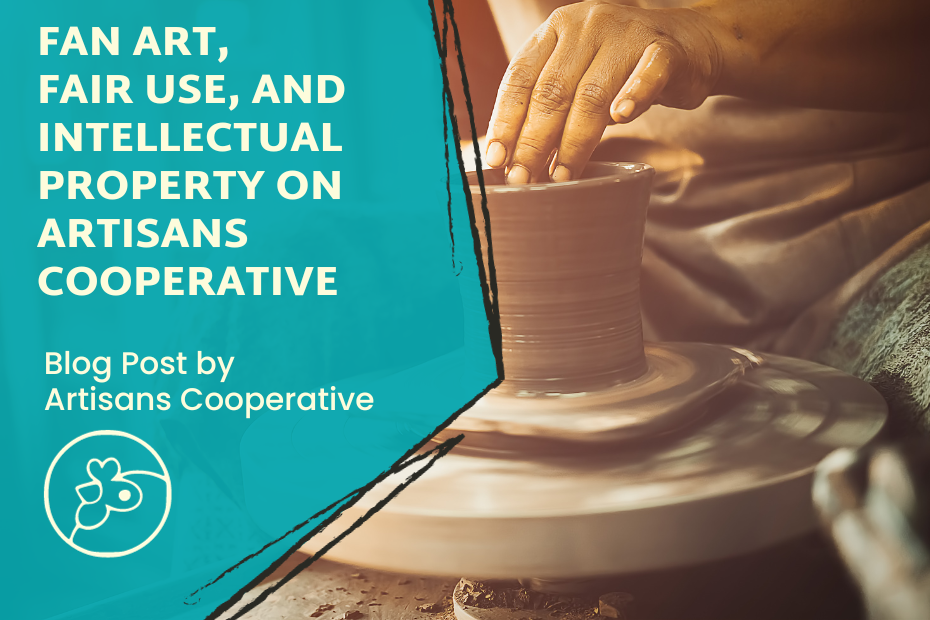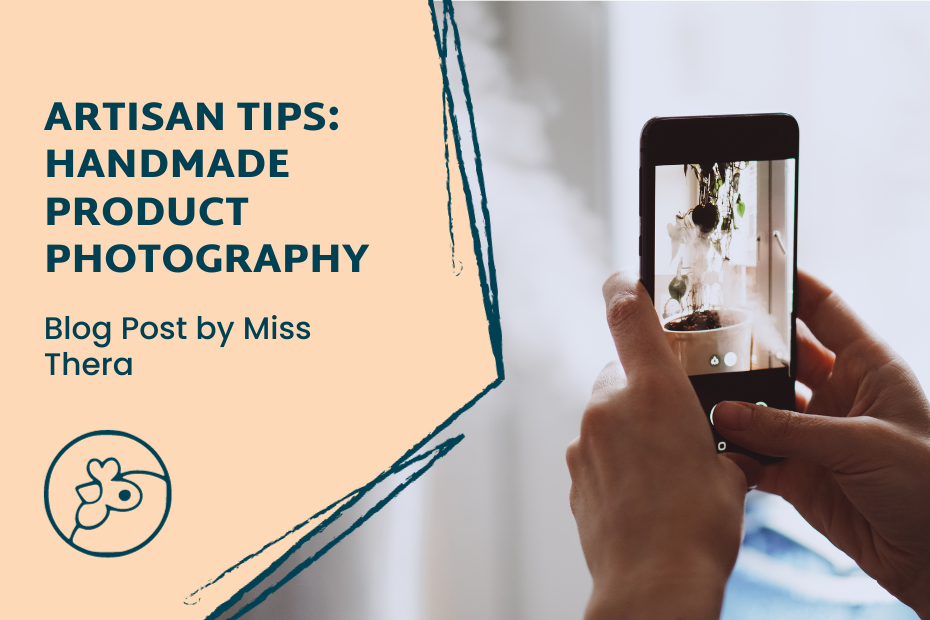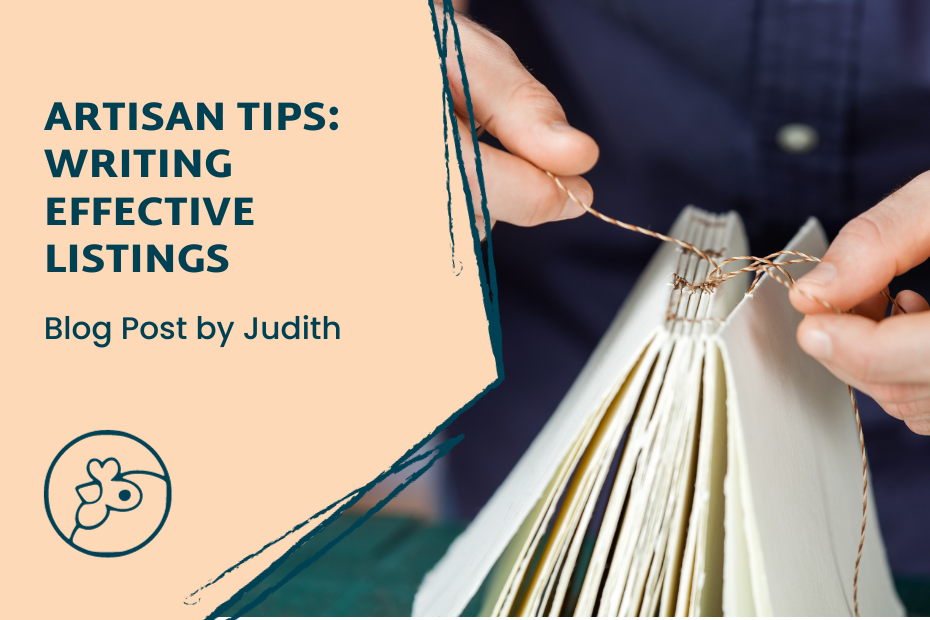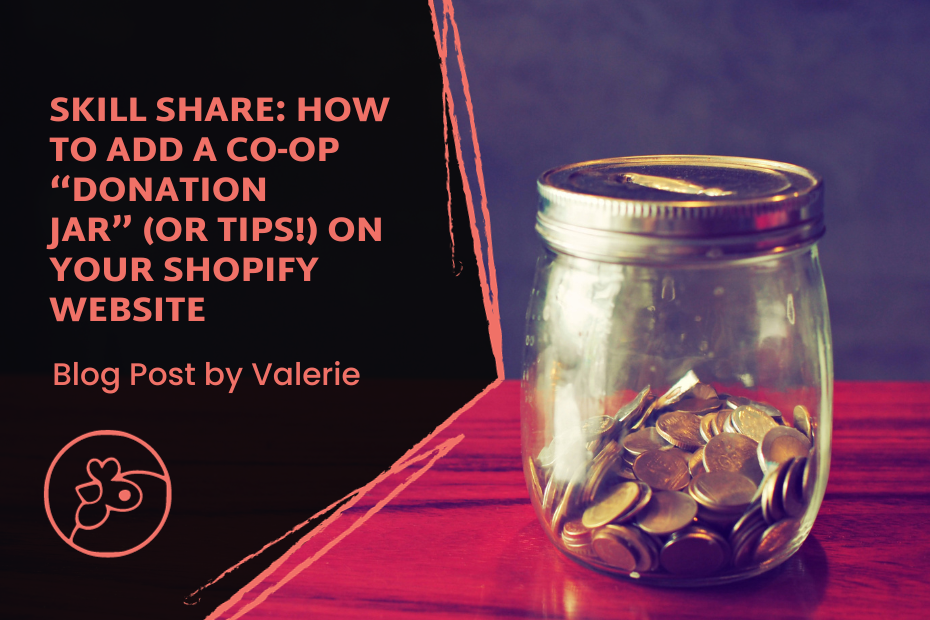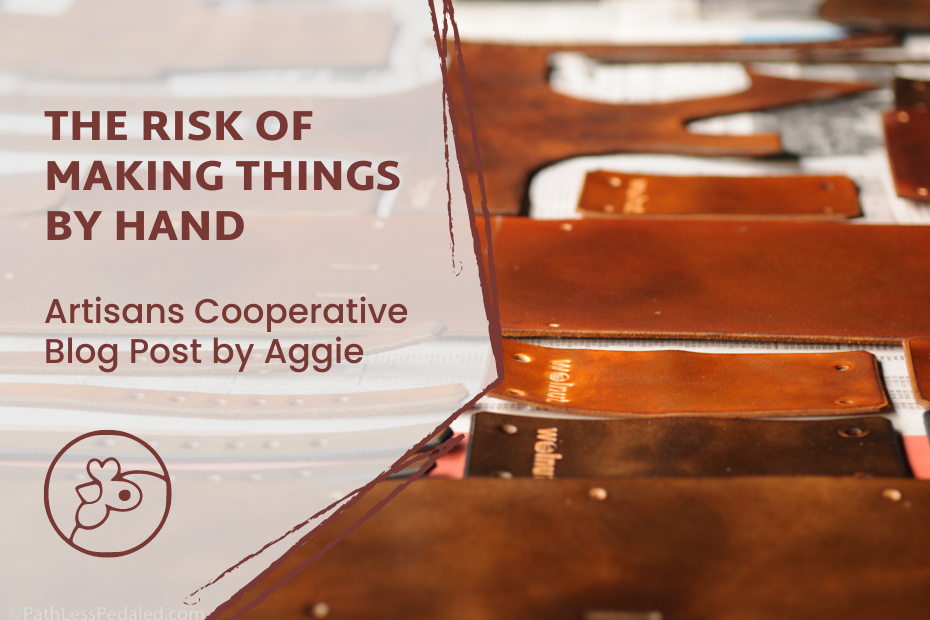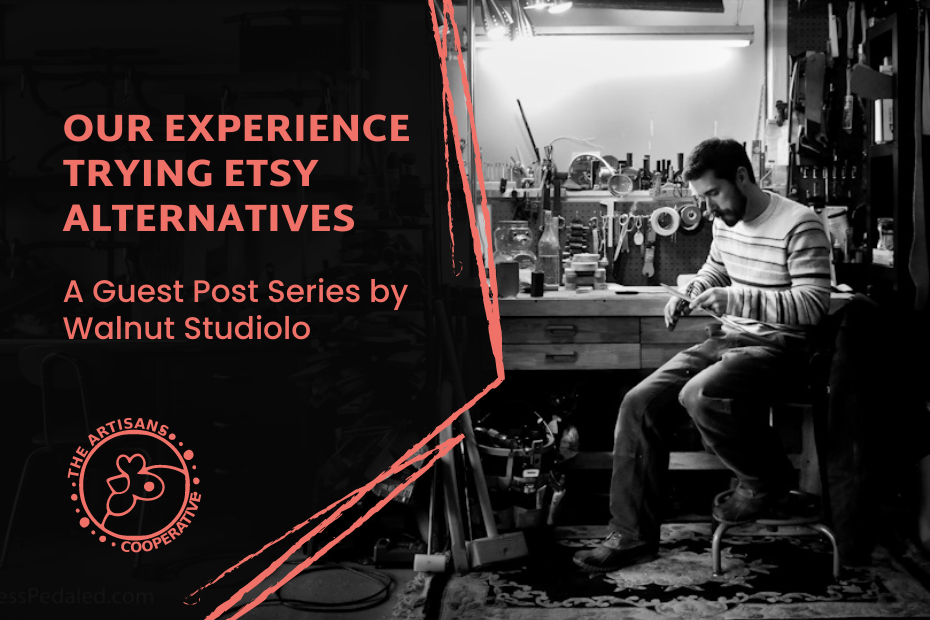Fan Art, Fair Use, and Intellectual Property on Artisans Cooperative
In this post, we discuss the concepts of fair use, fan art, and intellectual property protections on the Artisans Cooperative marketplace. (This article is not legal advice. It is for informational purposes only.)
